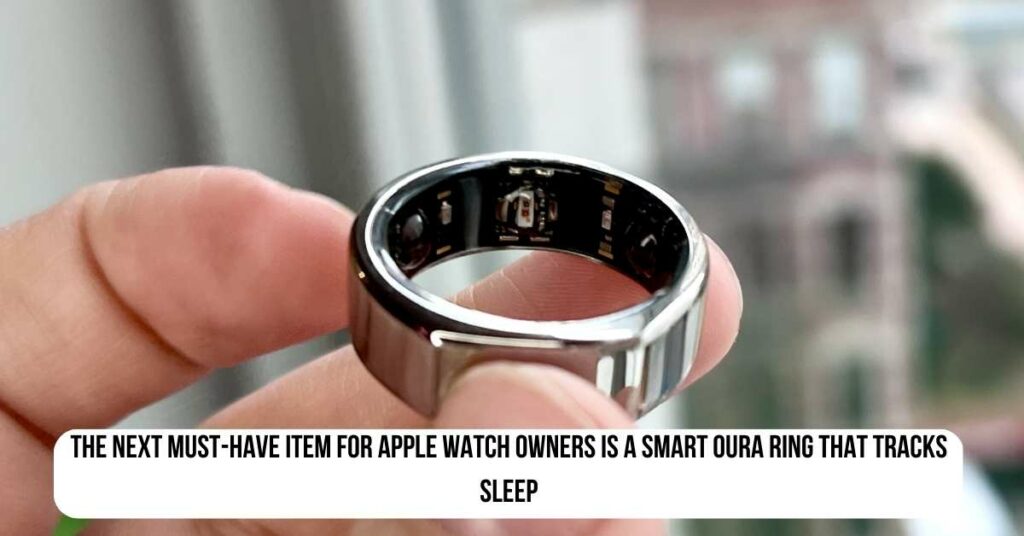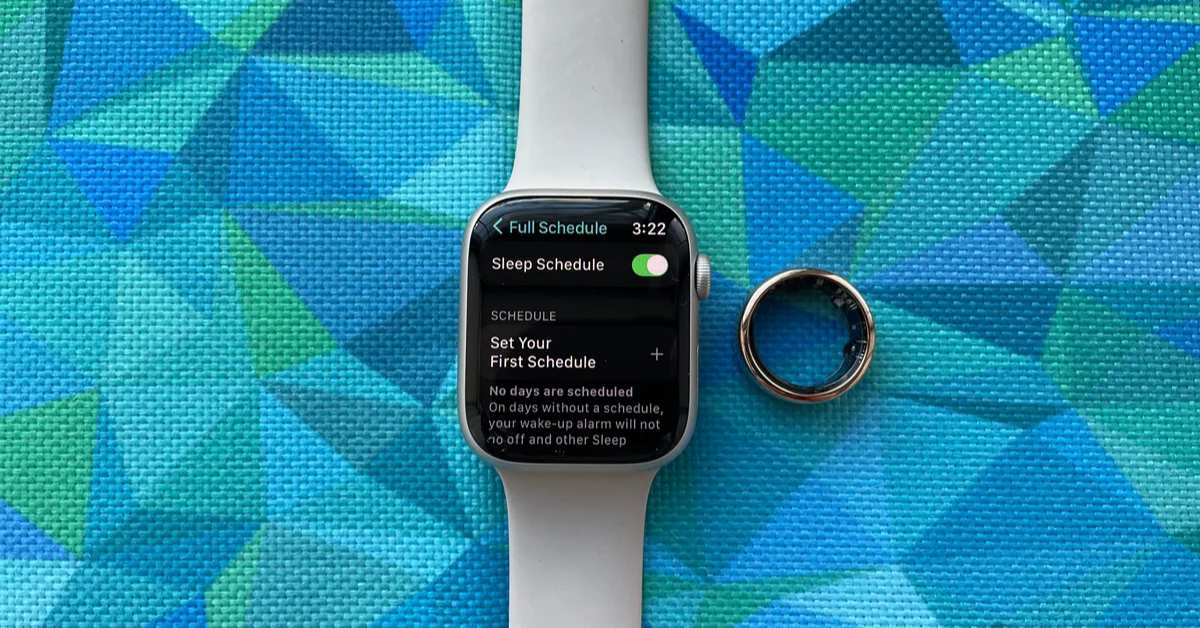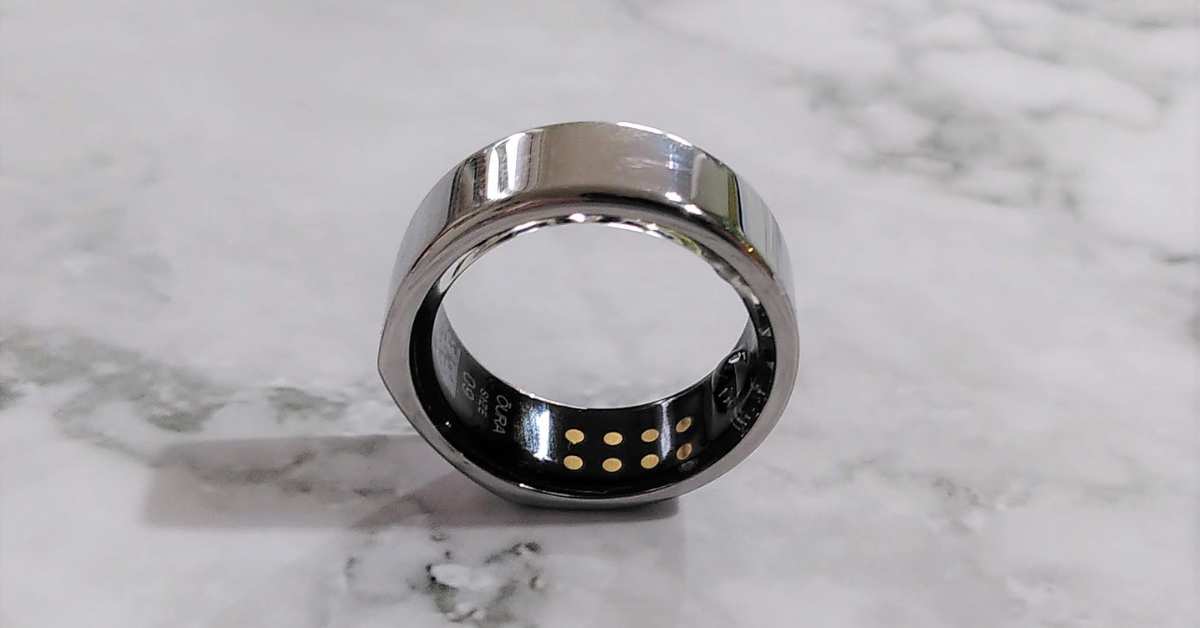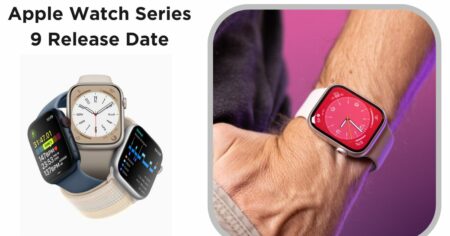I find intelligent rings fascinating in a world where you can get bright versions of almost anything, from speakers and watches to water bottles and running shoes. In some ways, they’re the perfect thing to wear. They’re stylish, don’t get in the way, and go with everything.
But they are too small to have a screen, so all the information it collects can only be seen in the app that goes with it.
The Oura Ring is the best-known and most-used bright ring on the market. It is at the top of our list of the best sleep trackers. The Oura Generation 3 is a good wellness tracker focusing more on sleep and stress than fitness.
For More Apple-related news, You can check the news given below:
- Apple May Only Let IPhone 15 Pros Use The Wi-Fi 6E Network
- Apple And Magnets Will Improve Your Next Android Phone
It has seven temperature sensors that track your “restorative time,” an updated heart rate sensor, and a readiness score, just like Garmin or Fitbit.
Like most intelligent rings, the Oura Ring does not have a screen. It is a chunky but pretty ring meant to be worn on the forefinger.
Since the Apple Watch doesn’t have a physical screen, you must open the app to see your stats—unless you have one of the best Apple Watches.
You might wonder what the point is of having two wellness-focused wearables, but Oura has done its best to join Apple’s health economy.
It has added many new features, such as an Oura app for watchOS that lets you see all your information and health data on your wrist, such as your Sleep, Readiness, and Activity data. Your watch face can also show Oura metrics.
Oura has also added widgets to iOS 16 and later let you see your Oura stats on your home screen. These widgets can be changed to show your Sleep score, Readiness score, Activity score, ring battery level, progress toward your activity goal, and how much you move each day.
A graph of your body temperature and heart rate. So, why should people with an excellent wearable, like an Apple Watch, spend more money on an Oura Ring? For some users, it will depend on how often they check their watch, how long the battery lasts, and how they use it.
If you charge your watch overnight, which is likely if you’re a heavy user (unless you have the Apple Watch Ultra, which has a longer battery life), you won’t be able to use the sleep tracking features of your Apple Watch because you won’t have it on you all the time.
The Oura Ring can help fill in those gaps because it’s much more comfortable to wear overnight and lets you keep sending Apple Health information even when you’re not wearing your watch. Its battery life of up to seven days is much better than Apple’s 18 hours or 36 hours if you have an Apple Watch Ultra.
For More Apple-related news, You can check the news given below:
- Due To Technical Problems, Apple Pay Later Might Not Come Out Until 2023
- Apple News Account For Fast Company Was Hacked And Used To Send A S*xually Explicit Push Notice
Our Rings can also track information, but the Apple Watch can’t. Since Apple Watches don’t have recovery metrics as Fitbit and Garmin do, you can use an Oura Ring with your Apple Watch to see if you’re ready for your next long run.
In addition to the “restorative time” that looks for signs of stress, Oura can also track how much time you spend in bed versus how much time you spend asleep. It’s very high-tech gear, but it’s also peculiar.
On the other hand, Apple Watches are more general pieces of tech. They are great for staying connected, reading notifications, emails, and other messages on the go, tracking specific workouts, and much more. There’s a good reason it’s probably the most popular smartwatch brand on the market.
Its short battery life limits how well it can track your health, but if you can afford the pricey Oura subscription, the ring can be used to separate the health aspect from the watch itself, so it can still log your data even when the watch is charging.






